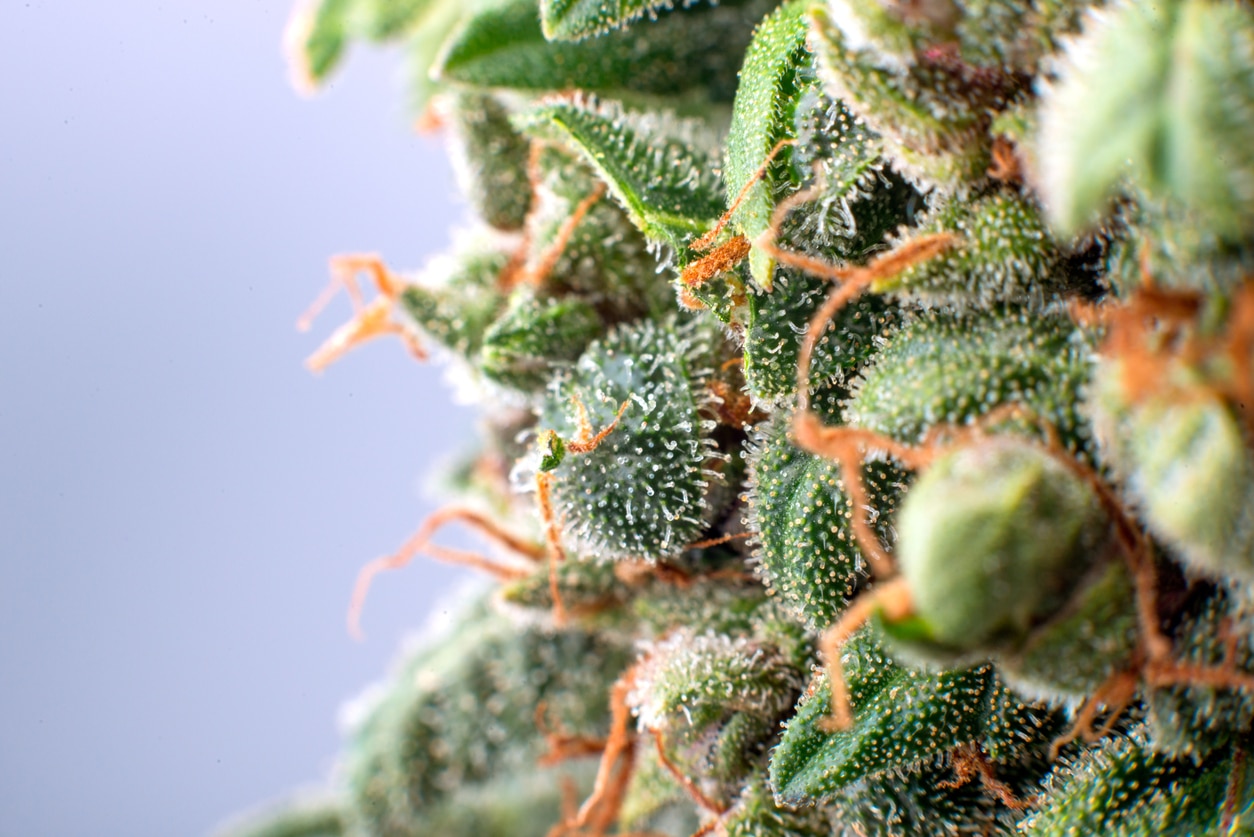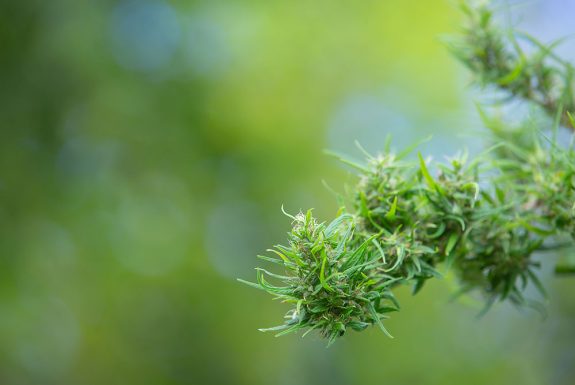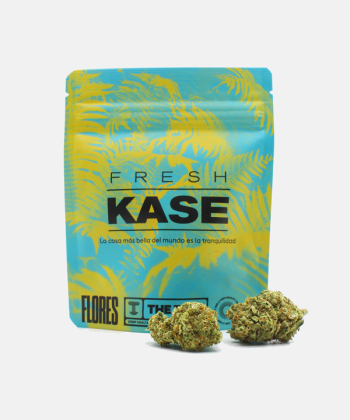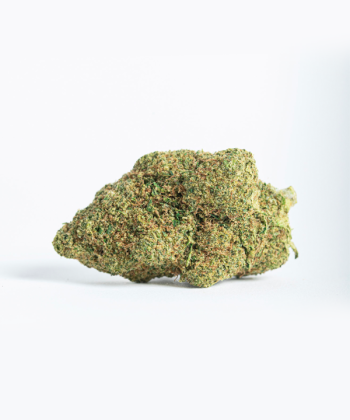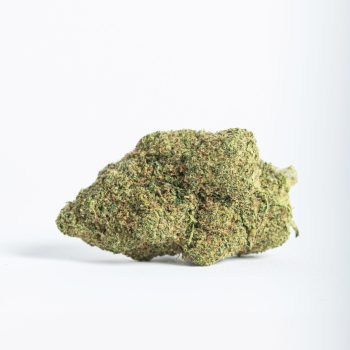Among the most crucial aspects of the cannabis harvesting process is the determination of the optimal time to harvest. The maturity of the trichomes, small crystalline structures found in the buds of the plant, plays a fundamental role in this decision, as it mainly depends on their state.
These glands (the trichomes) are like tiny factories of chemical compounds, including the cannabinoids and terpenes responsible for the effects and taste of cannabis (CBD, THC and others). Knowing when they are at their peak of maturity is essential to achieving high quality cannabis harvests.
In this article, we will explore in detail the importance of identifying mature trichomes in cannabis and how this knowledge can influence the quality and potency of the harvest.
What are trichomes and why are they important in cannabis harvesting?
Trichomes are microstructures found on the surface of the leaves, stems and especially the buds of the cannabis plant. These tiny glands look similar to tiny crystals or hairs and make up the cannabis resin. Although they may be difficult to see with the naked eye, their role in cultivation and harvesting is vitally important.
This is because trichomes are like the “chemical factories” of cannabis, being essential in the production of high quality cannabis. Within these small structures, fundamental chemical compounds from the flowers are produced and stored, including cannabinoids (CBD, THC, CBN, etc.) and terpenes (molecules responsible for the plant’s aroma).
These substances remain in them at all times, which is why the key to harvesting cannabis with the desired cannabinoid and terpene profile lies in the state of the trichomes.
As the plant matures, these small glands evolve, changing color and appearance. Determining the right time to harvest is based on observing and understanding the stages the trichomes go through. Their degree of maturity will directly influence the potency, flavor and effects of the flowers.
Although there are several types of trichomes, the most relevant for growers are the pedunculated glandular capitate trichomes. They contain the highest amount of cannabinoids and terpenes, so they are the most valuable to determine the maturity of the plant.
Morphologically, they are trichomes that are shaped like a lollipop, as they are formed by an elongated foot that holds a small ball at the tip. Although at the beginning, the foot is very short and seems to be glued to the plant, as the plant develops, so do the trichomes, which slowly lengthen.
In addition, as the crop matures, while the trichomes go through different stages of development, they also change coloration. They start out translucent, then become milky or whitish, and finally take on an amber or brownish hue.
Depending on their coloration, the effect and aroma of the cannabis will vary, so this aspect of the trichomes will have a significant impact on the quality of the flowers. In the following sections, we will explore in detail how to inspect them and determine when they are ripe.
Relationship between trichome color and maturity
As we explained in the previous section, as the cannabis plant progresses through its flowering cycle, trichomes go through different stages of development, which is reflected in their appearance and color.
The following is a description of the key stages of their development and how they relate to the maturity of the plant:
- Translucent trichomes: in the early stages of development, trichomes are generally translucent or very light in color. At this stage, the plant is not yet mature and does not reach its maximum potency and aroma. Harvesting at this time will result in a less potent cannabis with a very mild smell.
- Milky trichomes: as the flowers develop, the trichomes change color to milky white. This is the time when most growers opt to harvest, as at this stage the plant reaches a balance between potency and aroma. Milky trichomes indicate that the cannabinoids are at their peak of maturity.
- Amber trichomes: Over time, the trichomes turn amber or brown. This is a sign that the plant is at an advanced stage of maturity. It is believed that harvesting at this point can result in cannabis with a more relaxing effect and earthy rather than sweet aromas.
Tools to identify mature trichomes
There are several tools and techniques that growers use to accurately assess the state of trichomes. Here are some of the most common ones:
- Magnifying glass or microscope: a hand-held magnifying glass or a low magnification microscope, such as 30x or 60x, are essential tools for inspecting trichomes. These devices allow a detailed visualization, since trichomes are so small that it is difficult to assess their color with the naked eye.
- Digital camera: Digital photography can also be a valuable tool. Capturing high-resolution images of the trichomes will allow them to be examined in detail or software can be used to do so.
- LED flashlight: an LED flashlight with white light is useful for inspecting trichomes in low light conditions, there are even handheld microscopes that already incorporate it. Illuminating the buds highlights the trichomes because they are bright, which usually makes evaluation easier.

